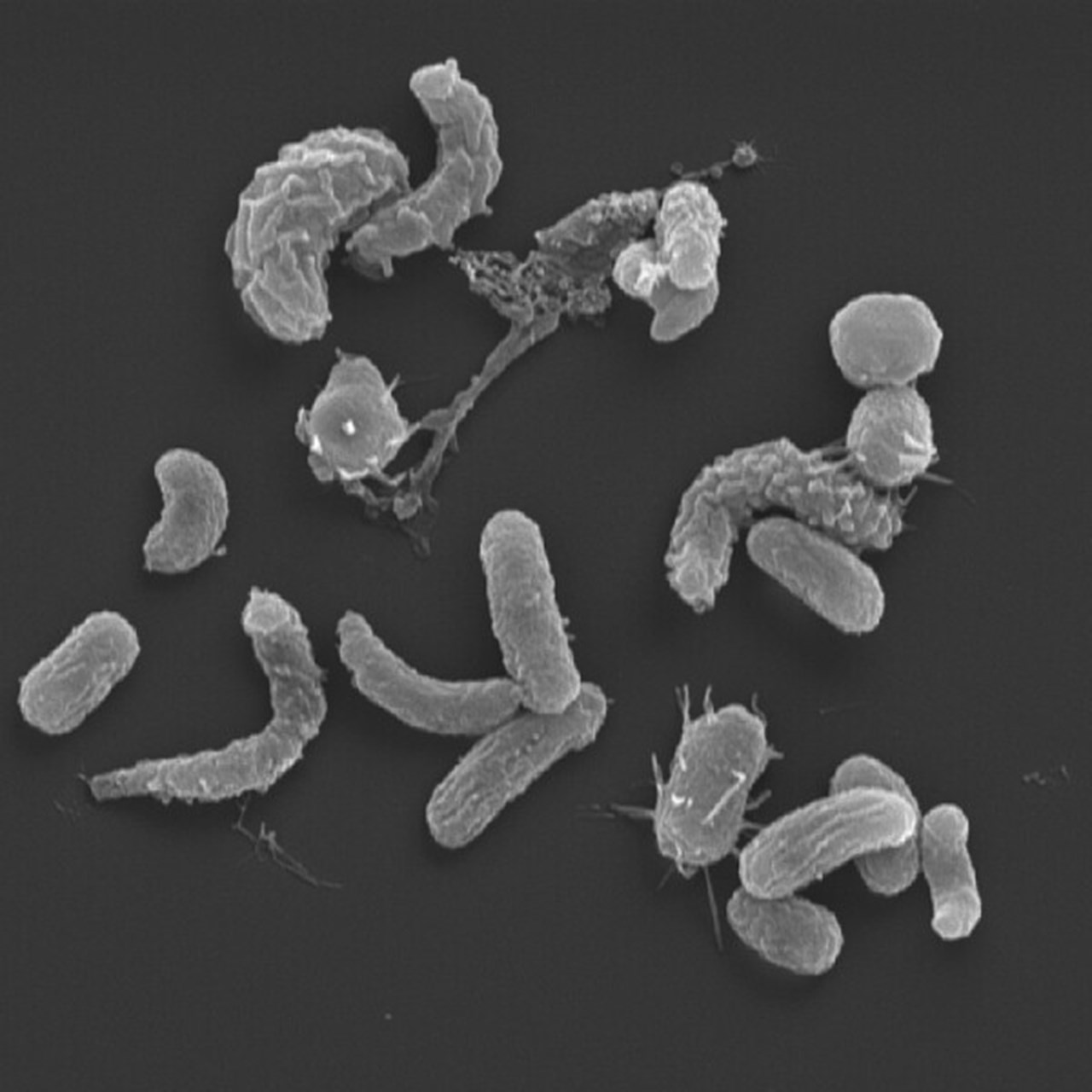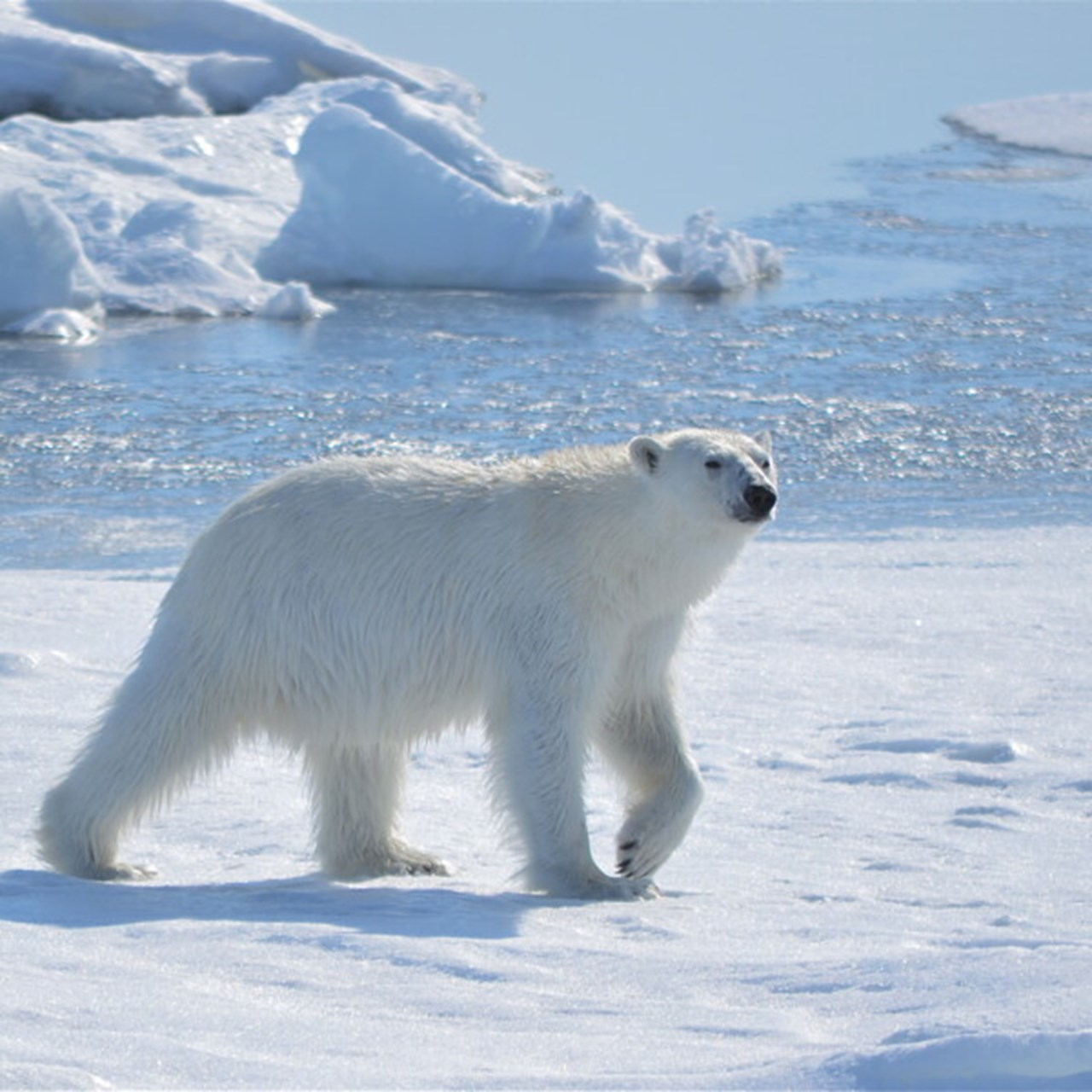About the expedition
The expedition is the Swedish contribution to “Synoptic Arctic Survey”, a large international mapping of the Arctic Ocean. The expedition will last for 8 weeks. The 39 researchers come from 14 different departments at 6 Swedish universities. The icebreaker Oden has a crew of 22. In addition, an expedition leader, technicians, medical staff, a helicopter pilot and a meteorologist will attend the expedition. Maria Samuelsson from the Swedish Polar Research Secretariat will act as expedition coordinator. Pauline Snoeijs Leijonmalm, Stockholm University will be the chief scientist. The expedition is financed by the Swedish Polar Research Secretariat and by the researchers themselves by their research funding. Johan Wikner and his group are mainly financed by the strategic research programme EcoChange and by the Kempe foundation.





